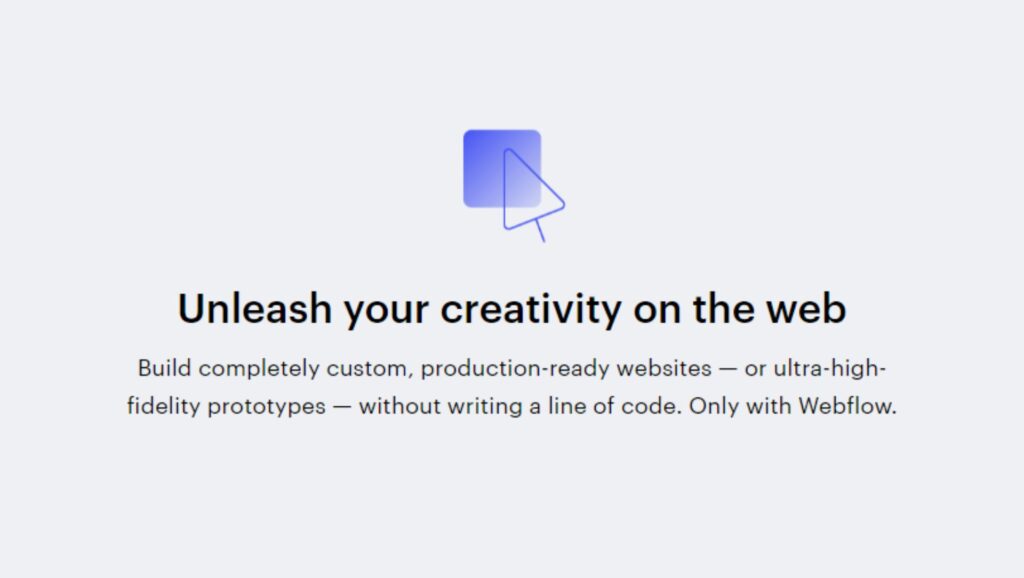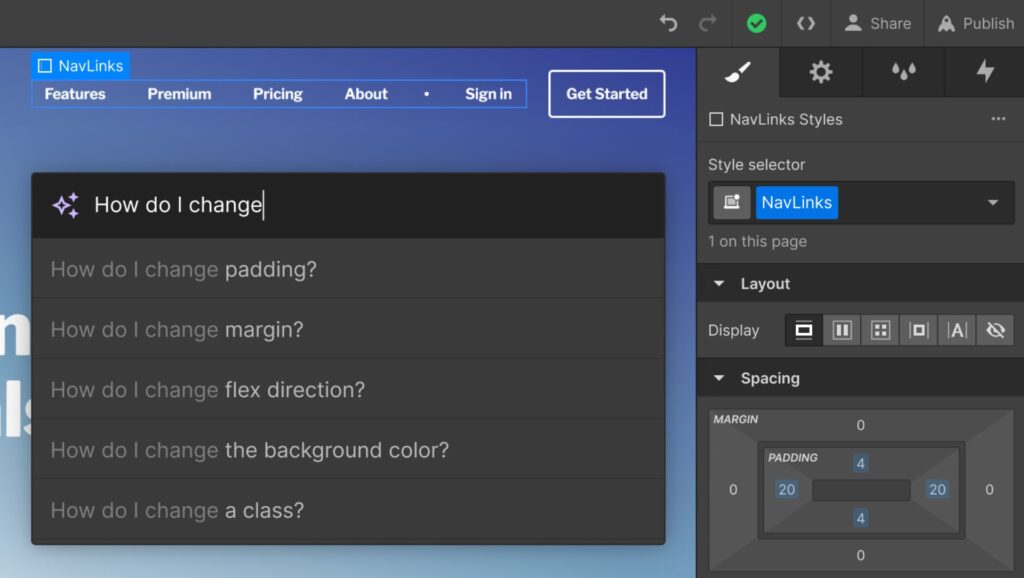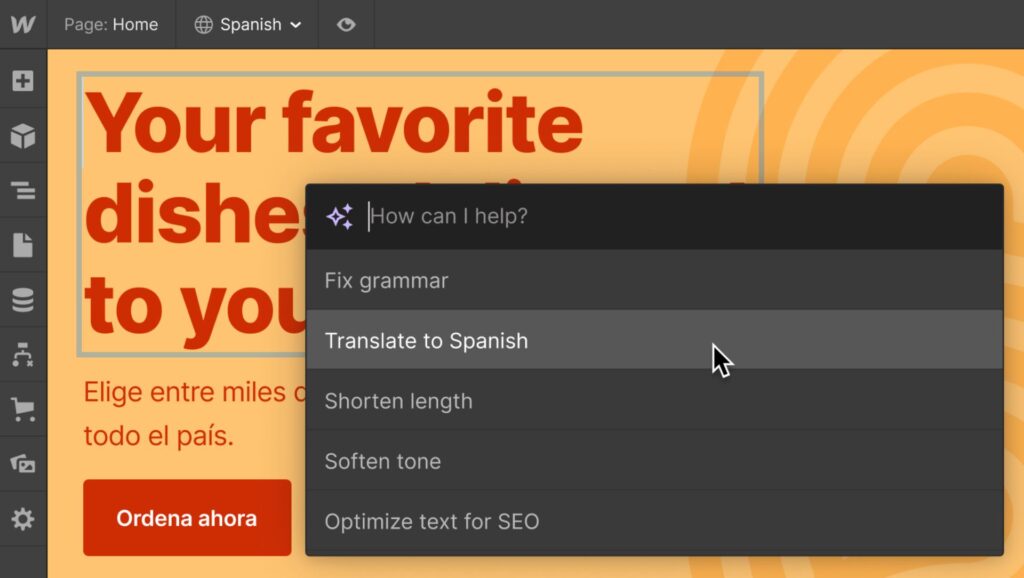Web design has come a long way over the years, with designers using a range of tools to create stunning websites that engage and inspire users.
However, there is always room for innovation and improvement, and that’s where Webflow and AI come in. Together, they form a powerful duo that can take digital creativity to new heights.
Webflow: Empowering Creatives
Webflow is a visual web development platform that empowers creatives to design, build, and launch responsive websites without needing to write any code.
With Webflow, designers can create pixel-perfect websites that look great on all devices, and they can do it all in one place.
Moreover, the platform offers a range of powerful tools, including a drag-and-drop builder, responsive templates, and integrations with popular services like Google Analytics.
According to Forbes,
“Webflow is already making web design more accessible, but when you add AI into the mix, the possibilities become endless.”

AI: Unlocking New Possibilities
Artificial intelligence (AI) is also playing an increasingly important role in web design. AI-powered tools can help designers create better, more effective websites by analyzing data and making predictions about user behavior.
For instance, AI can be used to optimize the layout of a website, personalize content based on user preferences, and even predict what a user might want to see next.
The Power of Webflow & AI
When you combine the power of Webflow with AI, you get a truly dynamic duo that can take digital creativity to new heights. By using AI-powered tools alongside Webflow’s powerful design capabilities, designers can create websites that are not only stunning but also highly effective at engaging users and achieving business objectives.
As per Creative Bloq,
“Webflow + AI is the ultimate duo for digital creativity, allowing designers to push the boundaries of what’s possible and create truly innovative websites.”

Here are some examples of how Webflow and AI can be used to drive digital creativity:
Personalization
By using AI to analyze user data and behavior, designers can create personalized experiences that are tailored to each individual user. This can lead to higher engagement and increased conversions.
Optimization
AI-powered tools can be used to optimize the layout and content of a website based on user behavior, leading to a better user experience and improved results.
Predictive analytics
AI can be used to analyze data and make predictions about user behavior, allowing designers to make informed decisions about the design and content of a website.
Automation
AI can also be used to automate certain tasks involved in web design, such as generating copy or optimizing images for different devices. This can save time and improve efficiency.
Webflow & AI in Action
There are already some exciting examples of Webflow and AI in action. For instance, Tailwind is a new AI-powered tool that can be used alongside Webflow to create responsive layouts and designs that are optimized for different devices.
Another example is Hype 4, which uses AI to generate animations based on user input, making it easier to create engaging and dynamic websites.

Conclusion
Webflow and AI are the ultimate duo for digital creativity, allowing designers to create stunning websites that are both visually impressive and highly effective.
As AI technology continues to develop, we can expect to see even more exciting innovations that will push the boundaries of what’s possible in web design.
Whether you’re a designer, marketer, or business owner, it’s time to embrace the power of Webflow and AI and unlock new possibilities for digital creativity.
For more tips and updates, don’t forget to follow Hazehunt.



